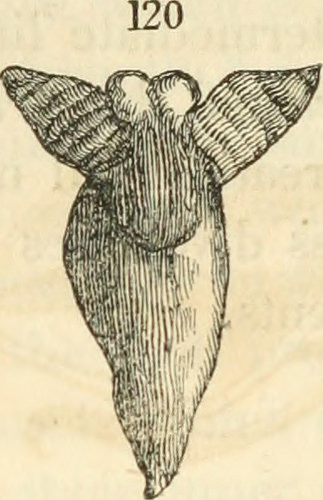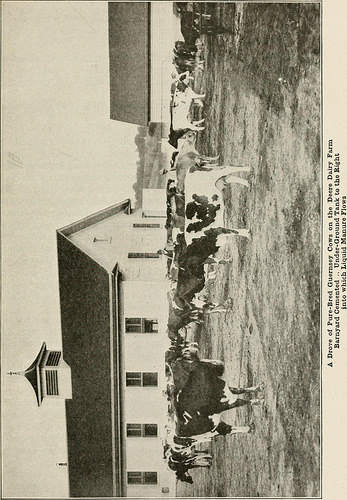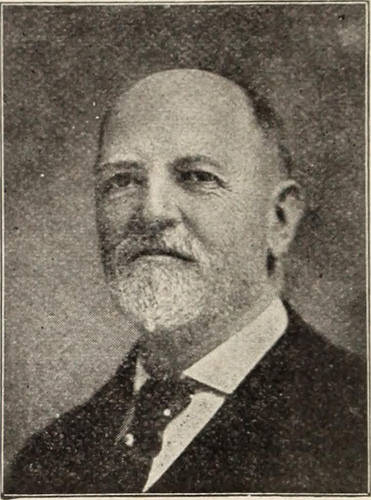A few nice pros and cons of organic food images I found:
Image from page 301 of “Animal and vegetable physiology, considered with reference to natural theology, by Peter Mark Roget ..” (1834)

Image by Internet Archive Book Images
Identifier: animalandvegetab01roge
Title: Animal and vegetable physiology, considered with reference to natural theology, by Peter Mark Roget ..
Year: 1834 (1830s)
Authors: Roget, Peter Mark, 1779-1869
Subjects: Biology Physiology Plant physiology Natural theology
Publisher: London : W. Pickering
Contributing Library: University of California Libraries
Digitizing Sponsor: MSN
View Book Page: Book Viewer
About This Book: Catalog Entry
View All Images: All Images From Book
Click here to view book online to see this illustration in context in a browseable online version of this book.
Text Appearing Before Image:
or cirrhi, and form an intermediate linkof connexion between the MoUusca and the Arti-culata. But the limits of this treatise will notallow me to dwell on the endless diversities ofstructure which this subject presents. ^ 5. Pteropoda. In the MoUusca belonging to the two orderswhich have now passed under our review, namely,the Acephala and Gasteropoda, the mantle, whileit folds over the principal viscera of the body,leaves apertures for the admission of water to thegills, or organs of respiration. But there exist afew genera having the sac formed by the mantleclosed on every side ; a structure which rendersit necessary to adopt a different arrangementwith regard to the gills, and to place them ex-ternally, and we then find them spreading outlike a pair of wings, on each side of the neck.Since this general closing of the mantle pre-cludes, also, the formation of any organ of pro-gressive motion corresponding to a foot, advan-tage is taken of the projection of the gills to em- VOL. I. s
Text Appearing After Image:
2-j8 the mechanical functions. ploy them as oars for the purpose of enabling theanimal to swim througli the water. MoUusca of this description are found in greatabimdance in the colder regions of the oceansurrounding both the north andsouth poles; and other speciesare also met with, though insmaller numbers, in the tro-pical seas. The Clio borealis,of which Fig. 120 is a repre-sentation, is the most perfectspecimen of this form of con-struction. It swarms in theArctic seas, and constitutes the principal food ofthe whale. The position of its gills, which per-form the office of oars or feet, at the same timethat they resemble in their shape and action thewings of an insect, are characters which havesuggested the title of Pteropoda, given byCuvier to this order of MolUisca. ^ 6. Cephalopoda. Following the progress of organic develope-ment, we now arrive at a highly interestingfamily of MoUusca, denominated the Cephalopoda,and distinguished above all the preceding ordersby being endowed w
Note About Images
Please note that these images are extracted from scanned page images that may have been digitally enhanced for readability – coloration and appearance of these illustrations may not perfectly resemble the original work.
Image from page 62 of “Soil culture and modern farm methods” (1916)

Image by Internet Archive Book Images
Identifier: soilculturemoder00taylrich
Title: Soil culture and modern farm methods
Year: 1916 (1910s)
Authors: Taylor, Warren E. 1854- Deere & Co., Moline, Ill
Subjects: Agriculture
Publisher: Moline, Ill
Contributing Library: University of California Libraries
Digitizing Sponsor: MSN
View Book Page: Book Viewer
About This Book: Catalog Entry
View All Images: All Images From Book
Click here to view book online to see this illustration in context in a browseable online version of this book.
Text Appearing Before Image:
ay be substituted. When alfalfa is used in a rotation,it should not be plowed under more often than every five years. Barleyand rye follow wheat very nicely, but wheat should never follow thosecrops. Potatoes, beets and turnips require a deep, loose seed-bed, richin organic matter. It is not advisable, however, to apply manure theyear the crops are planted. Sugar beets require an alkali soil and theground should be of loose texture and the seed-bed not less than twelveinches deep. Root crops do well after clover or any of the legumes pro-vided the land is plowed deep and thoroughly disced the previous fall.A good plan is to plant cow peas as a catch crop after the grain has beenharvested. The ground should be thoroughly manured, and after thepea crop has attained a good growth, plowed under deep. It should beagain plowed the next spring before the crop is planted. It is not advis-able to plant oats and rye on loose ground or soil that is too rich, for thereason that they lodge easily.
Text Appearing After Image:
MANURES But sweet vicissitudes of rest and toilMake easy labor, and renew the soil.Yet sprinkle sordid ashes all around,And load withfattning dung thy fallow ground. —Virgil. MANURE is any substance added to the soil with a view of renderingit more fertile. Vegetable growths, all kinds of animal matterand many inorganic substances contain plant food, either in the form ofelements or compounds. To simplify the study of this very important subject, we will classifymanures as follows: Barnyard or farm manures. Green manures. Commercial fertilizers. In order that we may have a comprehensive knowledge of farmmanures from a plant food standpoint, several things should be con-sidered. The various feeds contain different amounts of the principal elementsof fertility. Likewise the amount of plant food contained in excrementsfrom live-stock varies greatly for different animals. The age and habitsof animals affect the different amounts of the essential elements to befound in manure of the same
Note About Images
Please note that these images are extracted from scanned page images that may have been digitally enhanced for readability – coloration and appearance of these illustrations may not perfectly resemble the original work.
Image from page 45 of “Wisconsin medical recorder” (1913)

Image by Internet Archive Book Images
Identifier: wisconsin16jane
Title: Wisconsin medical recorder
Year: 1913 (1910s)
Authors:
Subjects: Medicine
Publisher: Janesville : Hall & Thorne
Contributing Library: The College of Physicians of Philadelphia Historical Medical Library
Digitizing Sponsor: Open Knowledge Commons and the National Endowment for the Humanities
View Book Page: Book Viewer
About This Book: Catalog Entry
View All Images: All Images From Book
Click here to view book online to see this illustration in context in a browseable online version of this book.
Text Appearing Before Image:
e choice. For a long time, on theoretic grounds,the protochloride was preferred. Thencame the iron salts of organic acids.Sonic favored ferrous salts, others as-sociations of iron and arsenic. Under the influence of Burne, who de-aied the absorption of medica-mentousiron, hut admitted that of iron as foundin food :n organic form the vogue turnedto natural organic irons, such as hemo-globin, hemazone, hematogene and Mar-tinets iron Ducleinate. Gilbert andLereboullel preconized the cacodylateof iron by hypodermic injection. Oflate, people have vaunted the peptonate,albuminate, and glycerophosphate.. Bu1 practice has uo1 confirmed thehopes theoretically built on these. Hemo-globin is variable in composition andalterable, difficult of preservation andpreparal ion; also one may assenl toCoherardinids conslusions as to its in-efficiency. Etabuteau and I[ayem prefer the pro-tosalts, soluble or easily solubilized bythe gastric juice. Among th se Dearlyall physicians, since the work of Elayem,
Text Appearing After Image:
prefer the protoxalate ofiron. Still, one must knowhow to give it correctly. For instance, one mustnot forget the incompati-bility between iron andtannin. Xext. a secondaryeffect of martial medicationis constipation; hence theassociation of a laxative isrequisite, such as rhubarb,which nevertheless con-tains tannis as well as theoxy methyl an -thraguinonepurgative principles. Fi-nally, iron readily determ-ines dyspepsia and we know how fre-quently anemics present this complica-tion, which is aggravated by the medi-cation or interferes with its absorption.These features are present with allchlorotics and necessitate the use of ad-juvants preceding or accompanying thechalybeate. With hyperpeptics, beforeprescribing iron we must treat the gas-tric state by a well-chosen regime, andthe use of salines. With hypopeeptics,we must stimulate the gastric secretionsor give acids. Ilayem prescribes hydro-chloirc acid at the same time as theprotoxalate of iron, half an hour beforemeals. Lyon emplo
Note About Images
Please note that these images are extracted from scanned page images that may have been digitally enhanced for readability – coloration and appearance of these illustrations may not perfectly resemble the original work.
